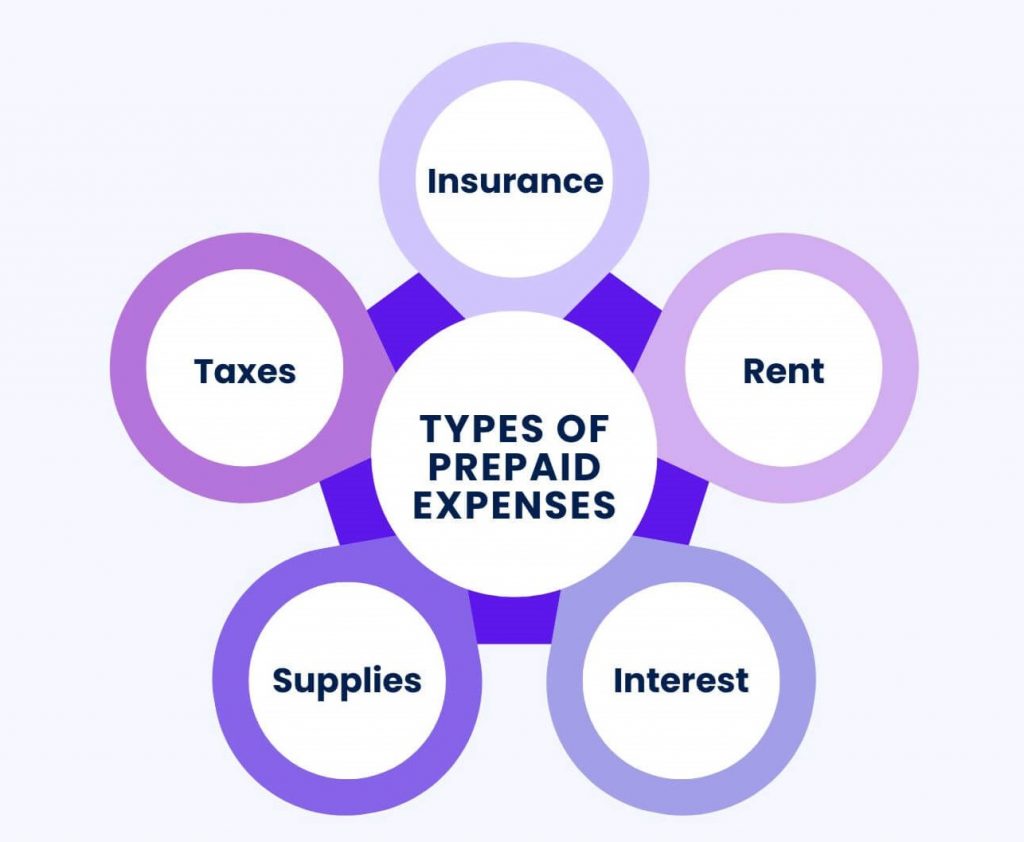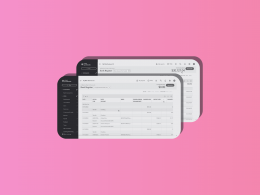During your accounting process, you may be faced with complex calculations and countless indicators. At some point, you may even have questions like: “Which of the following accounts is considered a prepaid expense?” As accounting requires a lot of attention, there are many things that can confuse you. No worries, it’s never too late to learn something new. Let’s explore what a prepaid expense is, the different types, and how to record them.
Contents
What are the prepaid expenses?
Prepaid expenses are payments made in advance for expenses that will occur later in the future. These include:
- Insurance;
- Rent;
- Interest;
- Supplies;
- Taxes.
As it’s quite easy to get confused, remember that prepaid expenses aren’t included in the income statement per Generally Accepted Accounting Principles (GAAP). To be more specific, the matching GAAP principle requires accrual accounting. This means revenues and expenses must be reported when they occur, not when the money changes hands. Now, when we know what prepaid expenses are, let’s take a closer look at their types.

Insurance
This is the most common type of prepaid expense. Companies often pay in advance for insurance. For example, if a company has $24,000 to cover employee insurance, it pays for the policy upfront and then makes an adjusting entry each month to account for the insurance costs as they’re incurred.
After a month, the company updates its records for the insurance used. It adds the used amount to the expense account and reduces the prepaid expense account to reflect the lower asset value. For a company, this monthly adjustment would be $2,000, which is $24,000 divided by 12 months.
Rent
Rent is another prepaid expense you should know about. For small businesses, it may be hard to buy an office, so many business owners choose to rent instead. But how do you calculate and record such an expense?
Let’s imagine your office rent is about $3,000 per month. However, it’s better for you to pay for 6 months in advance, either because you’ll get a discount or because the building owner requires it. So, you prepay $18,000 for 6 months of rent. Then, as each month ends, the prepaid rent on the balance sheet is reduced by $3,000. At the same time, the company records a rental expense of $3,000 on the income statement.
Other prepaid expenses
Other prepaid expenses include interest, taxes and supplies. Interest paid in advance may occur when a company makes a payment before it’s due. For example, a company takes out a loan and decides to pay $6,000 in interest up front for the first six months. The $6,000 is recorded as a prepaid expense. Each month, the company moves $1,000 from the prepaid expense account to the interest expense account as the interest is used.
Meanwhile, some companies pay taxes before they’re due, such as an estimated tax payment based on what may happen in the future. A company expects to owe $12,000 in taxes for the year, so it pays $3,000 at the start of each quarter. This $3,000 is recorded as a prepaid tax. At the end of each quarter, the company moves $3,000 from the prepaid tax account to the tax expense account to cover that period’s taxes.
Other less common prepaid expenses may include supplies or utilities.
How to record prepaid expenses?
Just to remind you, prepaid expenses aren’t included in the income statement, according to accrual accounting. But how should you record them? When a company pays for something in advance, it’s recorded as a prepaid asset on the balance sheet. At the same time, the company’s cash (or payment account) is reduced by that amount. Prepaid expenses are usually listed as a current asset on the balance sheet unless the expense is used up within an accounting period like 1 year, which doesn’t happen often.
Conclusion
Now that you know what prepaid expenses are, it’ll be much easier for you to handle them. Understanding how to properly account for prepaid expenses is critical for accurate financial reporting, ensuring that revenues and expenses are reported in the correct periods in accordance with GAAP. The main challenge might be determining whether an account is a prepaid expense or not, but now that’s not a big deal, right? Just remember to be careful to avoid mistakes.
Share your thoughts
Have you ever faced challenges with prepaid expenses in your accounting work? Do you have any tips or advice to share? We’d love to hear from you! Share your thoughts or ask any questions in the comments below.






